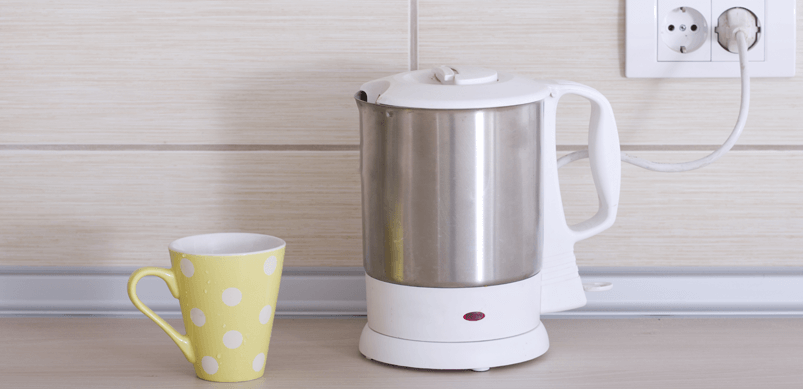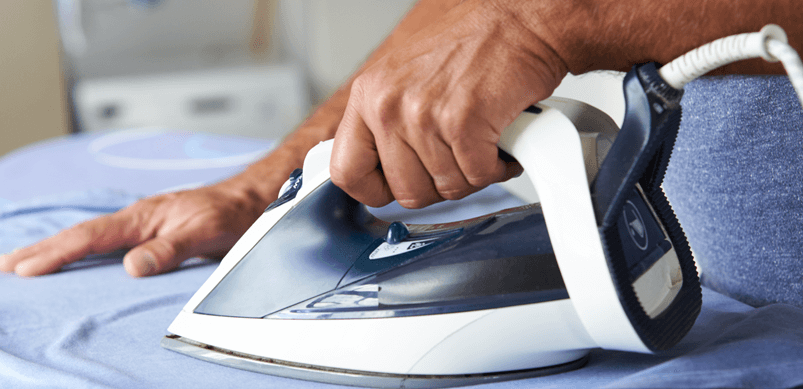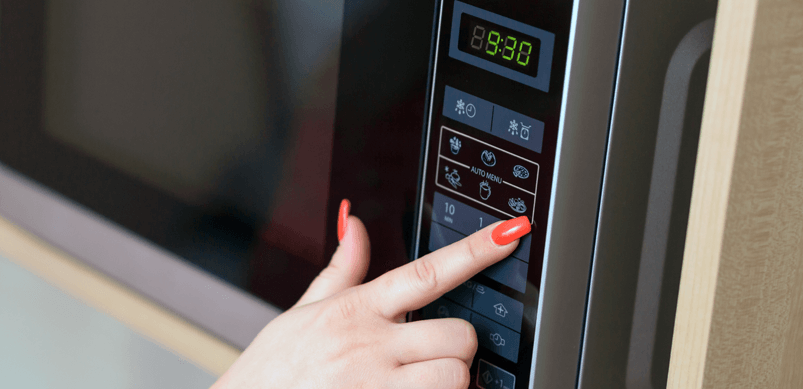
Small appliance fixes you need to know about!
August 20, 2019 | General Appliance Care & Advice | No comments
As well as taking care of our larger appliances, we mustn’t forget that the smaller ones need some TLC too!
Your beloved coffee machine that you rely on for your morning pick me up, your microwave for when you just want a fast and easy meal or your trusty iron for those last-minute shirt presses, these smaller appliances are just as important! And, they may not be as expensive as the cookers and the fridge freezers, but there’s still no need to splash out on new ones if they develop a fault.
Help your pocket and the environment by looking after your small appliances and keeping them in top condition. Here is some handy advice on how to do so:
Coffee Machine

First up, the saviour of your morning! There’s nothing worse than looking forward to your first coffee of the day and realise your coffee machine has broken (the stuff that nightmares are made of!) To make sure you don’t fall victim to this, here’s how to keep your coffee machine working.
Control limescale
Limescale build-up in your coffee machine can not only affect its performance but worse, the taste of your coffee! Use an effective descaler to clean out your coffee machine every 2-3 months. Your machine will last a whole lot longer and your coffee will taste a whole lot better, it’s a win-win!
Regular cleaning
Cleaning your coffee machine regularly can help improve performance and prevent any faults from developing. Depending on what coffee machine you have depends on the cleaning process, but in general, it’s best to give your machine a deep clean once a month and a wipe over once a week. Be sure to clear out filters and wipe down steam pipes as often as possible to prevent them from getting blocked.
Easy fixes
If your machine does develop a fault or need a replacement part, don’t panic there are plenty of spare parts such as filters, jugs and drip trays available for you to fix your machine in a cheap and fast way!
Kettle

If you’re more of a tea lover or drink your coffee from the kettle, you’ll want to make sure yours is kept in top form. Here’s how!
Clean and descale
Just like coffee machines, your kettle can also experience limescale build-up which can not only lead to your kettle breaking down but leave bits floating in your cuppa (eugh!) Thankfully, descaling your kettle is super fast and easy to do! Simply fill your kettle half full and boil the water, add in the descaler and leave for 30-60 minutes then rinse! Repeat this whenever needed or every 2-3 months.
Easy fixes
If your filters are broken or worn, your base isn’t connecting any more or your lids broken, don’t be tempted to buy a new kettle, just replace it instead!
Iron

Whether you’re a Sunday morning ironer ready for the week ahead, a night before preparer or you just iron when you absolutely have to, let’s not take our irons for granted! Keep your iron steaming and your clothes crease-free by following these steps!
Cleaning and maintenance
- After every use, be sure to unplug your iron and empty out the water reservoir
- Set the iron in a safe place while it cools then store it in a cool, dry place
- Clean it frequently. After your iron has cooled, rinse out the water reservoir with hot water. Wipe the entire iron down including the cord with a damp clean cloth. Use a second clean cloth to dry the iron and the cord.
Common faults
The main fault with irons is that they are struggling to heat up. This can be for a number of reasons:
- A fault with the electrical socket/fuse – the easiest way to test if this is the fault is to try a different socket or to change the fuse in the plug, both relatively simple tasks which can be carried out in minutes.
- Empty water reservoir – your iron relies on the steam generated to remove the creases; if the water tank is empty the iron won’t work correctly. Rectify this by refilling your water reservoir.
- Limescale build-up – a build-up of limescale in your iron will prevent heat or steam from being produced. Use a liquid descaler regularly to clear any build-up and prevent this from happening again.
Microwave

Reheating leftovers, sticking in an easy meal after a long day, or fulfilling that beans on toast craving, your microwave can be a godsend! Wave any microwave faults goodbye by following these steps:
- Regularly wipe inside and outside of your microwave to cut down on bad smells and keep corrosion from developing
- Use containers that are marked microwave safe. Non-microwaveable plastic containers can melt and even leave toxic particles in your food.
- Cover your food to prevent splashes and dirt in your microwave
Common faults
Microwave ovens can be dangerous to repair but there are a few fixes you can complete yourself just be sure to follow the safety advice. Check out these common faults you can fix yourself. One of these is replacing a turntable motor which isn’t turning. Here is our video that shows you how to do this:
By fixing your small appliances, you’re not only saving yourself some money, but you’re also preventing items from going into landfill and causing damage to the environment. Plus, if you’re a first-time fixer, successfully repairing a smaller appliance will give you the confidence to tackle the large appliance faults or DIY tasks you’ve been putting off for months! Check out our advice centre for some common appliance faults and how to fix them!

